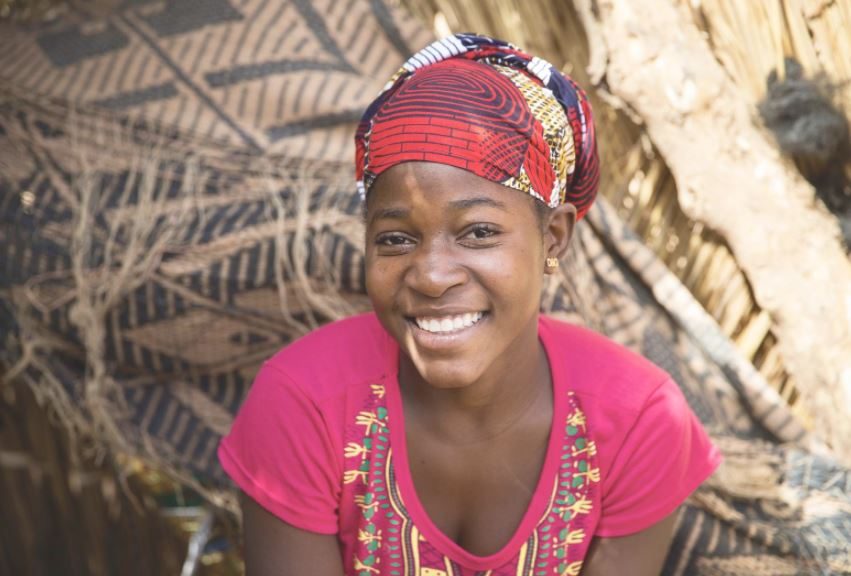Closing the gap for gender equality and girls’ rights
25 November 2020We welcome the publication of the European Commission and European External Action Service Joint Communication: EU Gender Action Plan (GAP) III – An Ambitious Agenda for Gender Equality and Women’s Empowerment in EU External Action.

We are particularly glad to see a commitment to gender transformative and human rights-based approaches, underlined by the essential principle of intersectionality. In addition, the GAP III answers to girls’ and young women’s desires as highlighted in Plan International’s Girls Action Plan, that is based on the stories, priorities and dreams of 128 girls and young women in Ghana, India and Ethiopia.
Girls and young women are active drivers of change and we are delighted the new GAP recognises their power and agency. We welcome the document’s recognition of the vital role of youth-led groups and girls activists, and commitment to support and nourish their civic engagement and leadership. We urge for their efforts to be supported in all areas, including on conflict and peace-building. In order to further promote the meaningful engagement of girls and young women in all their diversity in decision-making processes, it is paramount that the EU and its Member States lead by example and include youth-led groups working on gender equality in their consultations and dialogues with civil society in partner countries. This commitment must be backed up by adequate and accessible funding for their work and engagement.
We also wholeheartedly support the strong commitment to Sexual and Reproductive Health and Rights (SRHR). All girls and young women should be able to make their own free and informed choices and to have control over their sexual and reproductive health and lives, free from coercion, violence, discrimination and abuse.
Girls must also be able to enjoy online spaces as well as the opportunities they offer to unlock their power and therefore, we welcome the GAP III’s new section on digitalisation. However, there must be a stronger focus on online gender-based violence. While this issue is briefly addressed under the participation pillar, online harassment has proven to be a major barrier for women and girls’ access to digital spaces and their online participation (not only political). It is specifically within this framework that an intersectional lens is essential to make a difference, as girls and women from an ethnic minority or who identify as LGBTIQ+, and adolescent girls (ages of 14-16) in particular report staggering rates of harassment (see also Freedom Online Report by Plan International).
On top of that, we are concerned that the issue of child labour is not included in the GAP III, even though it affects around 64 million girls under the age of 18 worldwide (See ILO Report “Global estimates of child labour”, 2017). However, we acknowledge the existence of other relevant EU frameworks and policies and hope the upcoming EU Child Rights Strategy can reinforce protection around this issue particularly by incorporating a gender transformative approach.
Categories: Campaigns, Skills and work, Youth empowerment


